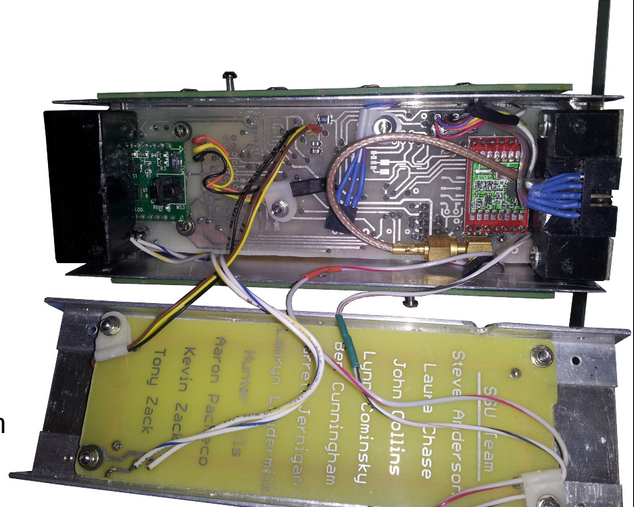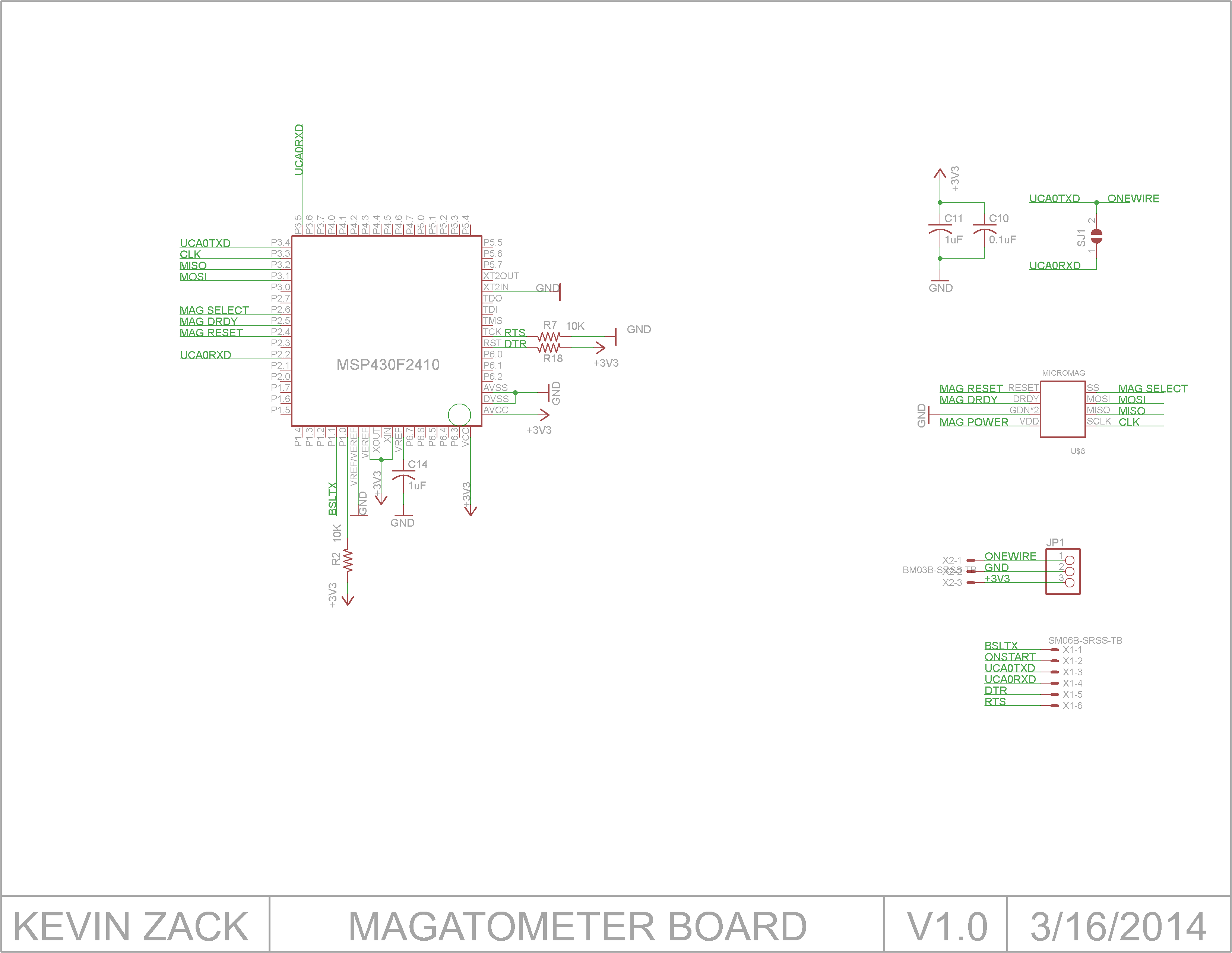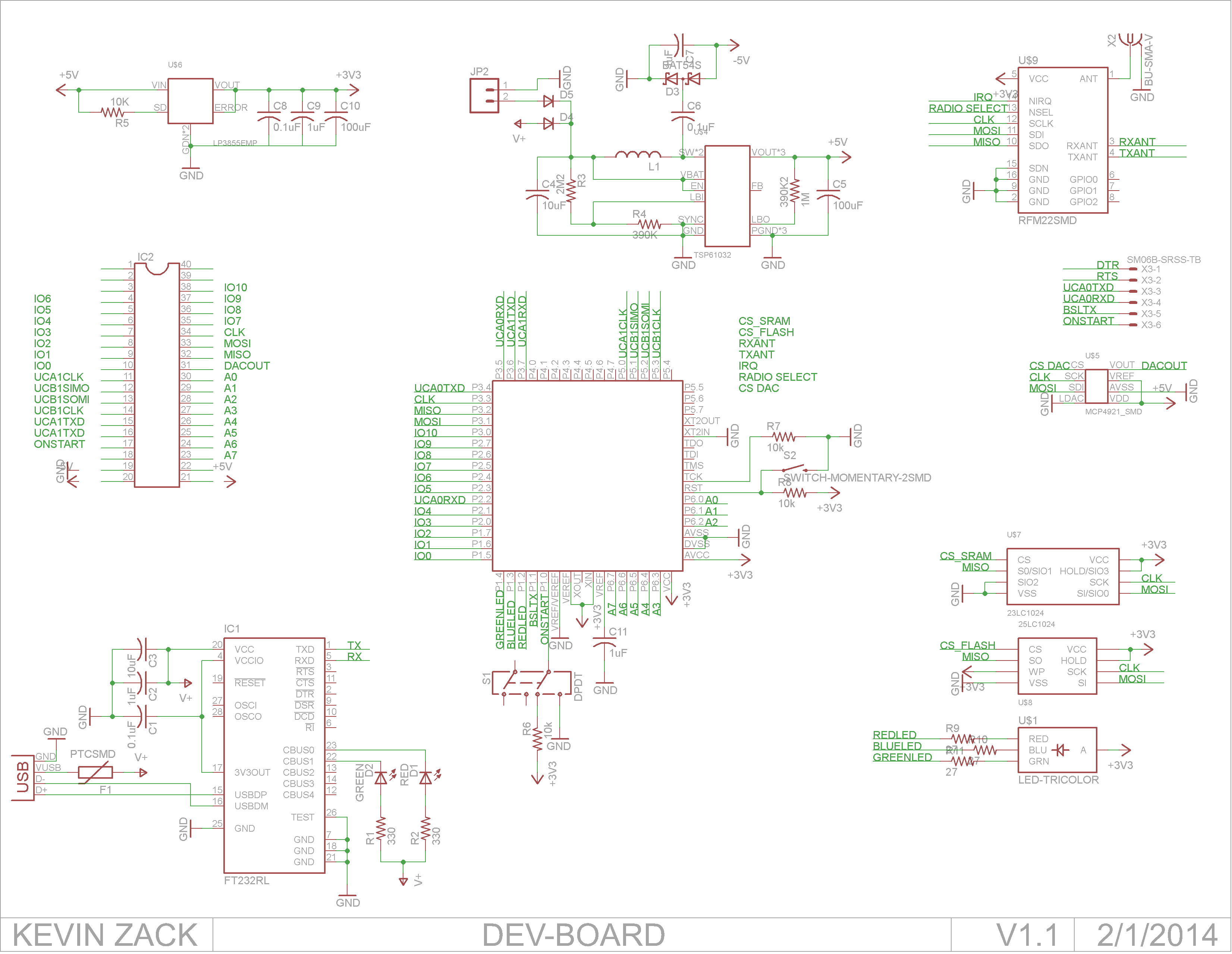T-LogoQube flight software is written in the language microLogo, allowing commands to be created, up-linked and executed in real time, making this satellite the ideal platform for experimental space science. Logo is a member of a class of languages that have extensible dictionaries of words, similar to Forth. Developing a flight environment entails the creation of new “words” that define how to control the functions of the system. The entire Logo development system is a few tens of Megabytes. The compiled flight environment for T-LogoQube is less than ten kilobytes, allowing the satellite to be completely reprogrammed over the radio. The flexibility and compactness of Logo is well suited for a CubeSat or PocketQube environment.





